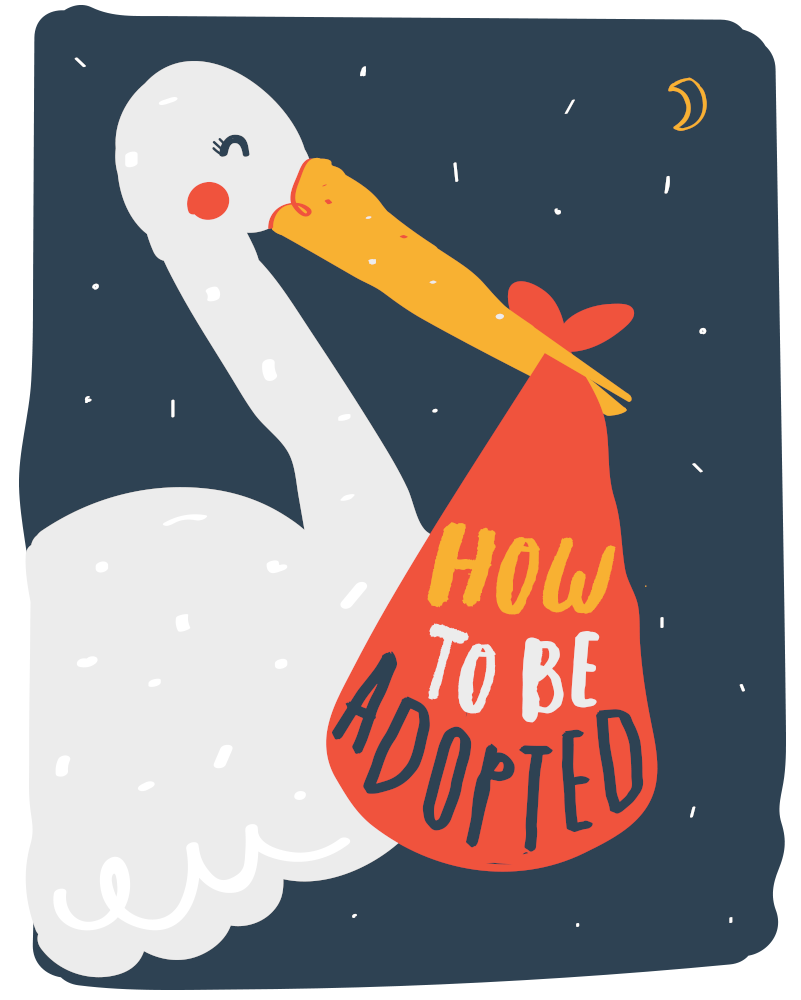
Adoption Impacts - Rejection and People Pleasing - by Gilli Bruce
New blog post from the popular adoptee author and therapist Gilli Bruce

An update on the Ofsted regulations that obstruct counselling for adoptees in the UK
Update from Gilli Bruce on the Ofsted ruling preventing adoptees from accessing counselling

What is EMDR and why can it be helpful for adopted people? guest blog from David Benjamin
Therapist and adoptee David Benjamin explains all about EMDR and how it can help with adoption trauma

6 things adoptees of the future need - guest post by Lara Leon
Adoptees are over-represented in therapy, although they often don’t realise their feelings may be linked to adoption.

Long Lost Family's response to my open letter
I said the programme was “a source of frustration and bewilderment,” and the producers of the show replied! Here’s what they had to say…

Finding the pieces - an adoptee's journey to feeling whole
Guest blog from Gilli Bruce about building a sense of self as an adoptee
